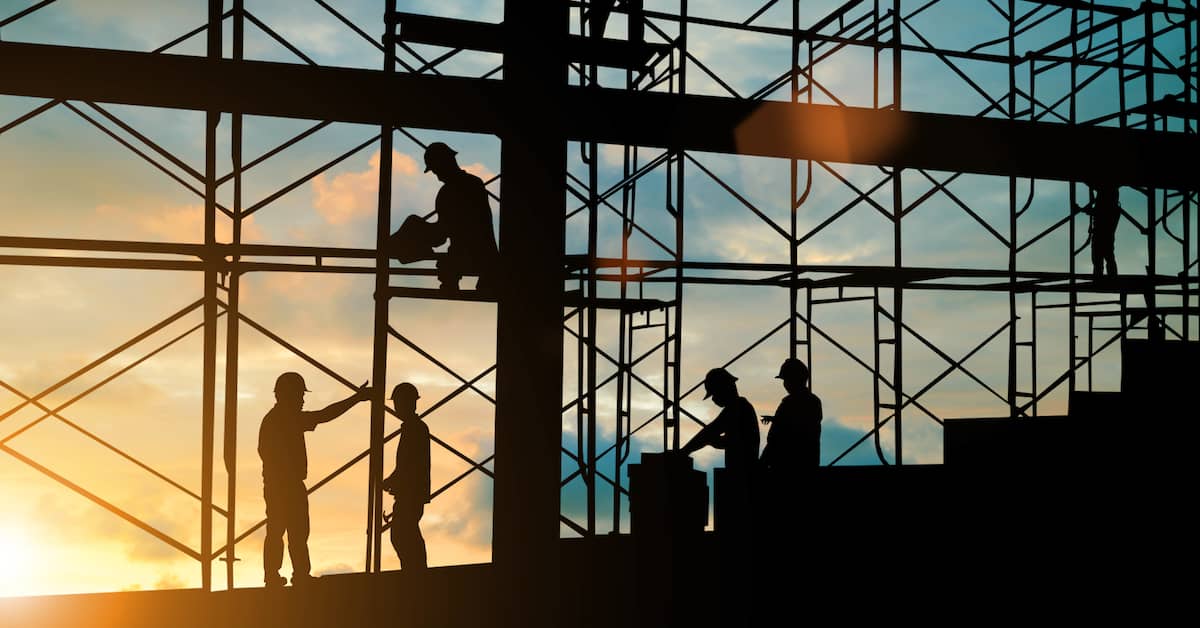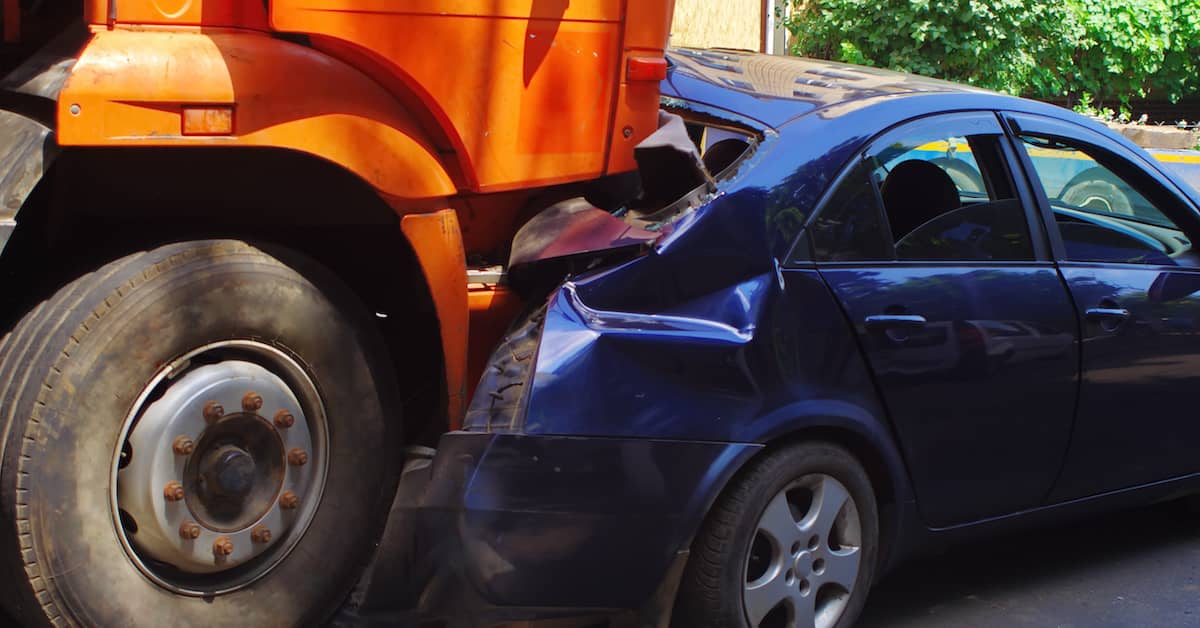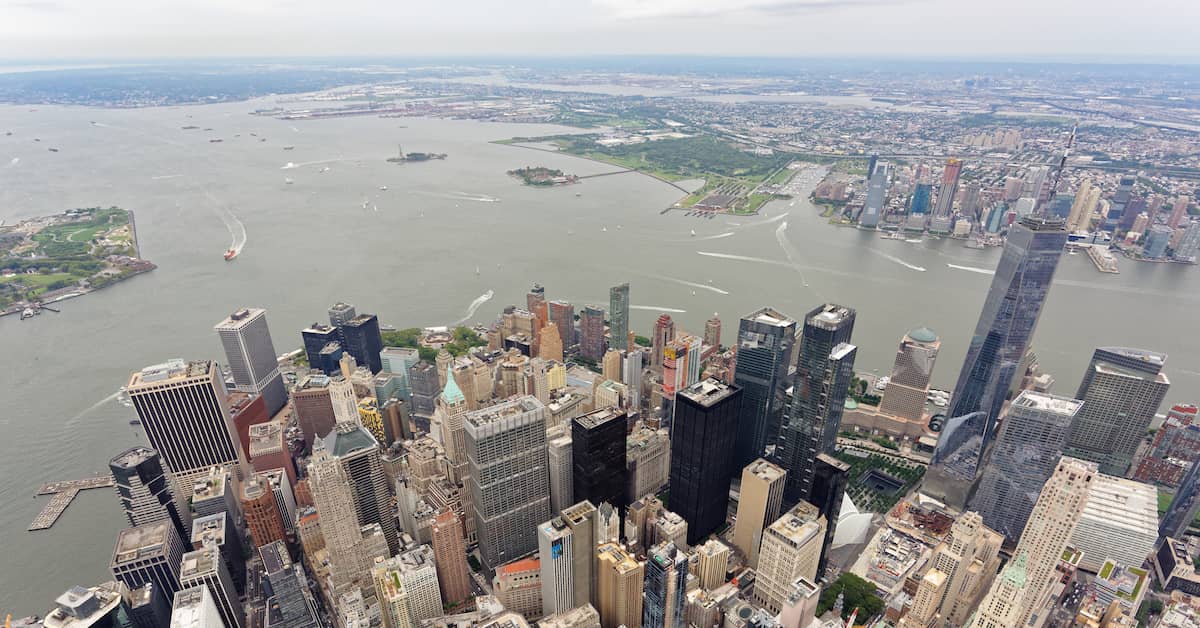
What Is the Scaffolding Law in New York?
The scaffolding law in New York, a pivotal piece of legislation, stands as a testament to the state’s commitment to construction worker safety. New York Labor Law § 240 provides essential protections for workers performing tasks at significant heights. It’s a legal framework that not only emphasizes safety standards but also opens avenues for legal recourse in the event of an accident.
Though New York is clearly taking strides to minimize construction accidents, they will still occur. Understanding more about the specifics of this law, its impact on workers’ compensation claims, and scaffold accidents in general could become invaluable should you or a loved one suffer an injury.
Consulting a New York scaffold accident lawyer is critical when construction accidents occur. Maggiano, DiGirolamo & Lizzi isn’t afraid to fight for justice for our clients. Call (212) 543-1600 today to schedule a FREE consultation. We have the courage and the keen understanding of the scaffolding law in New York that’s necessary when pursuing just compensation in your case.
What Are the Scaffolding Laws in New York?
New York Labor Law § 240, often referred to as the “Scaffold Law,” is a crucial regulation designed to protect construction workers who work at elevated heights. This law, in conjunction with § 241, mandates strict safety measures for construction sites, especially for work involving scaffolding, ladders, and other elevation-related equipment.
The law imposes liability on property owners and contractors who fail to provide necessary safety equipment, effectively ensuring workers’ safety at heights. The statute is unique to New York, granting workers the right to sue for negligence without the need to prove fault, a concept known as strict liability.
Purpose of the Scaffolding Law in New York
This law is specifically designed to protect workers involved in the construction, demolition, repair, altering, painting, cleaning, or pointing of buildings or structures. It focuses on jobs that require working at heights, like on scaffolds, ladders, or other similar devices.
Safety Measures
The law mandates that employers, contractors, and property owners (excluding owners of one- and two-family dwellings who contract for but do not direct or control the work) must provide appropriate and safe scaffolding, hoists, stays, ladders, slings, hangers, blocks, pulleys, braces, irons, ropes, and other necessary equipment to protect workers from risks associated with tasks at heights.
Strict Liability
If these safety measures are not met, and a worker is injured as a result, the law imposes strict liability on contractors and property owners. This means that if the injury occurred due to a safety violation, the worker can claim damages without having to prove negligence.
Coverage
The law covers injuries resulting from falls from height or being struck by a falling object that was improperly secured.
Legal Recourse
Workers who suffer injuries under these circumstances can seek compensation through legal action, which is separate from and in addition to workers’ compensation claims.
The scaffolding law in New York is a critical statute that provides vital protection for construction workers working at height, ensuring that they have the right equipment and safety measures in place to prevent accidents and injuries. If you have been injured or a loved one has been lost in a scaffold accident, consulting a scaffold accident attorney is in your best interest.
Does the Scaffold Law Impact Workers’ Comp Claims?
While the scaffolding law in New York operates independently of the workers’ compensation system, it plays a significant role in the legal process after construction accidents. The Scaffold Law provides special protections to workers involved in height-related tasks, holding property owners and contractors strictly liable for height-related injuries if they fail to provide proper safety equipment and measures. This law allows workers to sue for personal injury damages, which can go beyond what workers’ compensation typically covers.
Workers’ compensation provides benefits to employees who are injured on the job, regardless of fault, covering medical expenses and a portion of lost wages. While workers’ compensation bars lawsuits against employers, the Scaffold Law enables workers to pursue additional claims against other parties (like property owners or general contractors) responsible for safety on the site.
While the Scaffold Law doesn’t directly affect a worker’s right to claim workers’ compensation, it can provide an additional avenue for legal recourse and potential compensation. It’s advisable for injured workers to consult with a workers’ compensation lawyer experienced in New York’s construction accident laws to explore all available options for compensation.
What Are the Fatal Four?
The Fatal Four in construction are the leading causes of worker deaths on construction sites, as identified by OSHA. They are:
- Falls
- Being struck by objects
- Getting caught in/between objects
- Electrocutions
Falls are the most common cause, making strict adherence to safety protocols crucial. Understanding these risks proves the importance of New York’s scaffolding law, designed to protect workers from these very hazards.
Read More: What Causes Scaffolding Collapses During Construction?
Who Is At Risk for Scaffolding Injuries?
Workers in the construction industry, particularly those involved in exterior building work, are most at risk for scaffolding injuries. This includes painters, window washers, and construction laborers who regularly work at heights and depend on scaffolding for their jobs. The scaffolding law in New York plays an important role in ensuring these workers’ safety.
What Are Some Common Scaffold Accident Injuries?
Common injuries from scaffold accidents range from moderate to severe, and in some cases, these accidents can be fatal. Common injuries include:
- Fractures
- Lacerations & abrasions
- Internal injuries
- Spinal cord injuries
- Traumatic brain injuries (TBIs)
- Crush injuries
- Amputation
The physical, emotional, and financial toll of these injuries highlights the need for rigorous safety measures as mandated by the scaffolding law in New York.
Is It Time to Call a Scaffold Accident Attorney?
If you or a loved one has been involved in a scaffold-related accident, consulting with a New York scaffold accident lawyer is a prudent step. Knowledge of the scaffolding law in New York and the complexities of scaffold accidents and workers’ compensation claims is vital in upholding your rights and seeking compensation.
Read More: How To Make a Scaffolding Accident Claim in New York
The attorneys at Maggiano, DiGirolamo & Lizzi have the skill, experience, and courage to help ensure that every road to just recompense is explored. Contact us today to schedule your FREE consultation. We proudly serve clients in West Bronx, Washington Heights, Harlem, and Manhattan boroughs of New York.


















